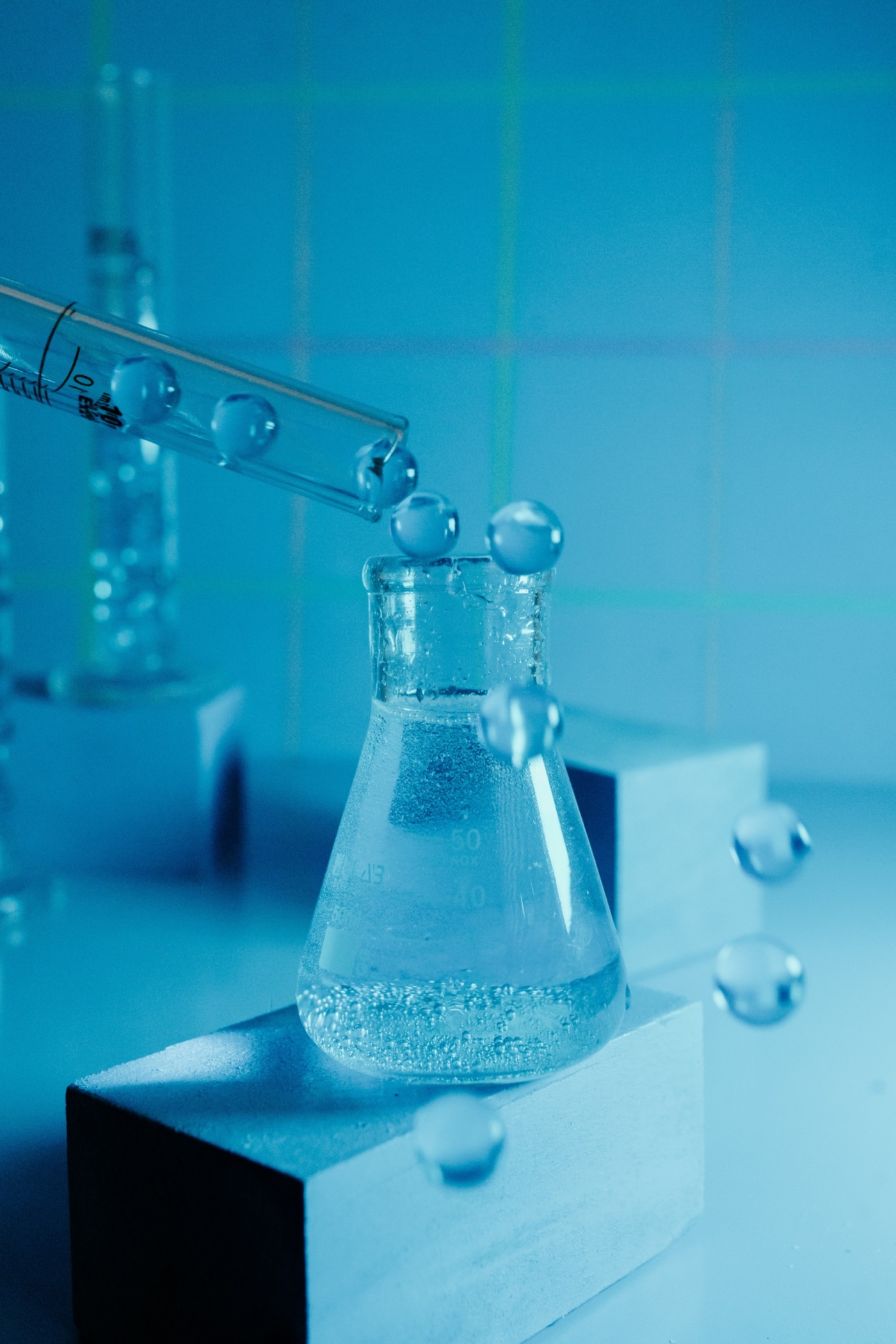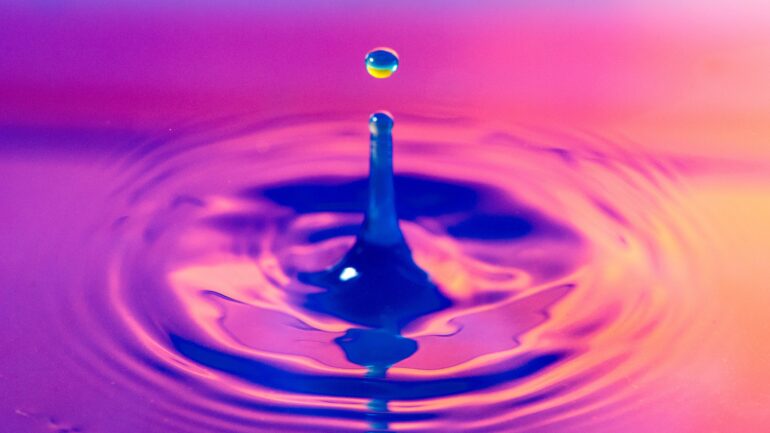By Lauren Hansen, Staff Researcher/Writer at Save the Water™ | June 27, 2022
Keeping the correct level of ammonia in water is a tricky balance to strike. Though it disinfects our water, too much of it is bad. Engineers at a plastics engineering systems company have developed a new technology that removes enough ammonia from water without removing too much. However, any technological advance in ammonia filtration is moot without uniform ammonia regulation in the US water supply.
What is ammonia and what is it used for?
Ammonia is a naturally-occurring chemical that comes from decomposed animal and plant matter. It has a variety of uses in everyday life:
- Soil fertilizer to encourage plant growth
- Effective surface cleaner
- Water disinfectant
Ammonia is used in small concentrations to disinfect drinking water. However, too much ammonia in water is harmful to humans and wildlife.
How is ammonia harmful?
Water with high concentrations of ammonia harms, even kills off, aquatic life and produces harmful algal blooms. In humans, consuming high amounts of ammonium causes “… corrosive damage to the mouth, throat, and stomach.”
When ammonia concentrations are too high, it’s difficult to remove from water because it is highly soluble. High solubility means that ammonium easily dissolves in water. High soluble materials are therefore more difficult to filter out.
New filtration technology for biomass and ammonia
Companies and organizations, such as the EPA, have sought over the decades ways to remove excess ammonia from water.
One of the latest developments in ammonia removal comes from Brentwood, an engineering firm. Brentwood has developed a new, scalable technology called AccuFas to remove 85-90% of ammonia from water.
Brentwood’s AccuFas solution uses a fixed-growth surface, meaning it stays in place and does not move with the water stream. The fixed growth surface acts as a filter for biomass. As a reminder, biological matter, such as urine and feces, is a source of ammonia. The AccuFas filter pushes just the right amount of air through the water in order to get “… optimum contact between the waste stream and biomass.”
AccuFas was introduced as a pilot technology in an undisclosed mid-sized suburb looking to reduce its ammonia levels. It addressed a difficult challenge of, on the one hand, keeping ammonia levels low enough but not too low that it fails to disinfect the water supply. AccuFas removed enough ammonia to avoid disinfectant byproducts (DBPs) that it produces while also continuing to disinfect water.
How does ammonia enter the water supply?
Ammonia enters a water source due to naturally occurring or human processes. It comes from naturally occurring sources:
- Decomposed plants and animals
- Animal waste
- Forest fires
It also shows up in the water supply from human actions and processes:
- Agricultural run-off
- Water treatment plants
- Sewage leaks
In the US, there is no standard way to keep human-related ammonia contributions in check.
Ammonia in water: lack of regulation
The regulation of ammonia levels in the US water supply is limited and inconsistent at best.
Federal regulations are in place in the US to monitor point source dischargers of water pollutants that may include ammonia. Point source dischargers are obvious sources of pollution that are traced to specific places, such as factory wastewater pipes. Ammonia contamination from those sources is, therefore, easier to find and reduce.
However, these regulations do not and cannot cover non-point source dischargers, which are more ambiguous sources of ammonia. Runoff is an example of a non-point source discharger because it is unclear where it came from. Possible sources include farmland, construction, lawns, and others.
Because it’s not clear where exactly the ammonia comes from in some instances, it makes it difficult, if not impossible, to regulate non-point source discharges. For that reason, ammonia can still enter the water supply.
The EPA provides a general aspiration to follow. Its most recent guidance from 2013 recommends no more than “17 mg Total Ammonia Nitrogen (TAN) per liter at pH 7 and 20°C for a one-hour average duration, …” Ammonia levels cannot exceed this amount more than once on average during a three-year period.
As an additional measure in the 2013 report, the EPA limits ammonium to “1.9 mg TAN/L at pH 7 and 20°C for a 30-day average duration.” As with the previous measure, ammonia levels may not go above 1.9 mg TAN/L more than once on average over the course of three years.
However, these are merely recommendations from the EPA; there are no strict regulations, let alone enforcement of ammonia levels in the US. The EPA defers to individual states in regulating ammonia in water sources:
“EPA’s recommended water quality criteria are not rules, nor do they automatically become part of a state’s water quality standards. States must adopt into their standards water quality criteria that protect the designated uses of the water bodies within their area.”
Ammonia in small amounts indeed plays an important role. It disinfects the water we drink. However, the loose regulatory framework for controlling its concentrations makes it just an option for local and state-level environmental agencies to adopt. This opt-in model depends on individual states. It thus prevents consistently-balanced levels of ammonia in drinking water across the country.
While some states may regulate ammonia levels in water, others may not. Without a common regulatory landscape, states’ lack of action counteracts any benefits from states that do take action to keep ammonia concentrations at safe levels in the water supply.





